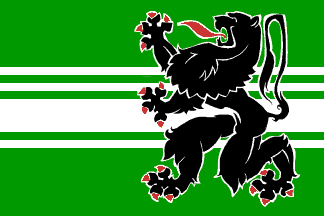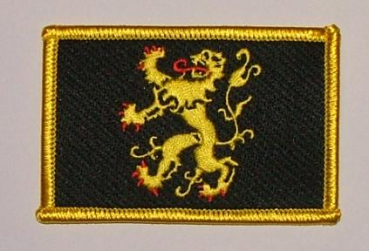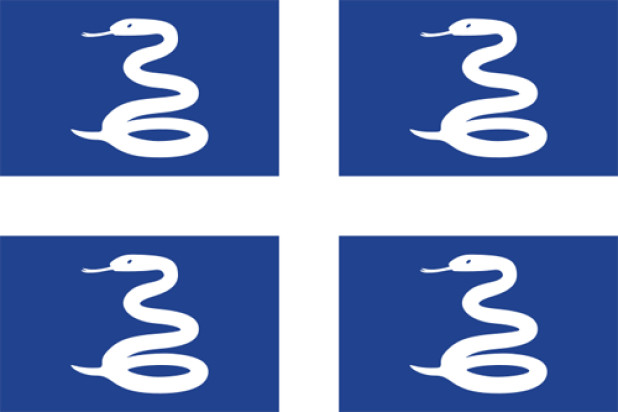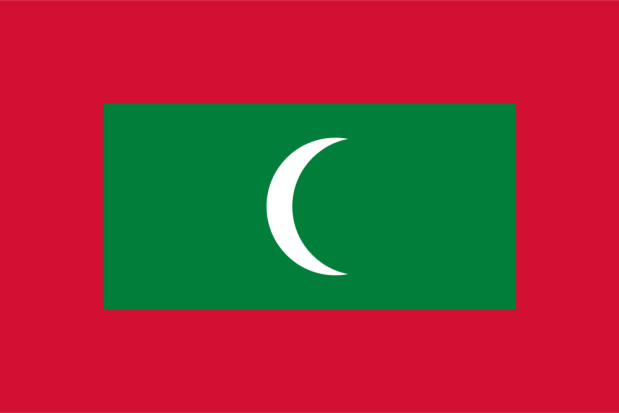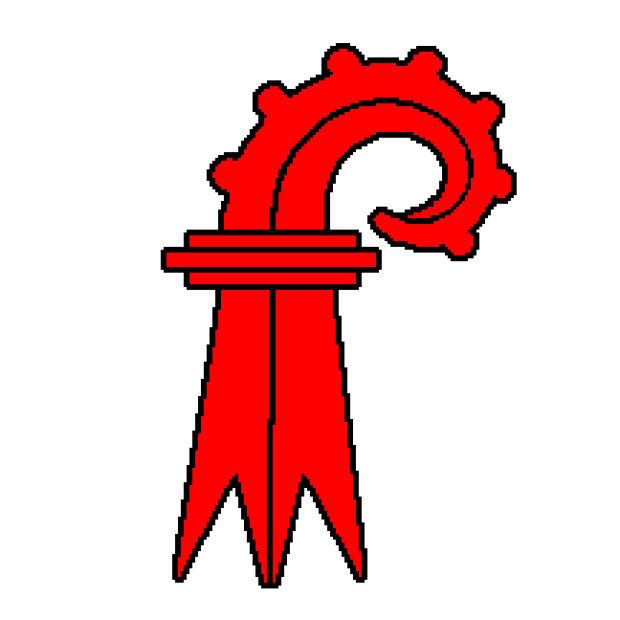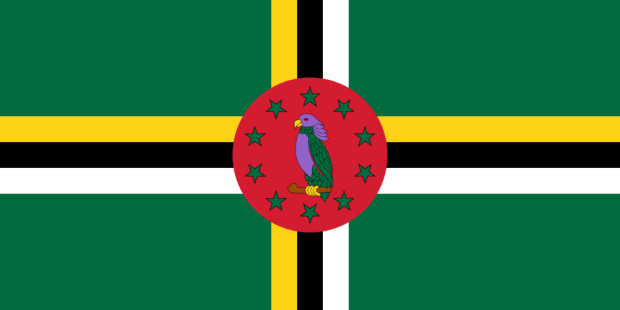Flag of Belgium
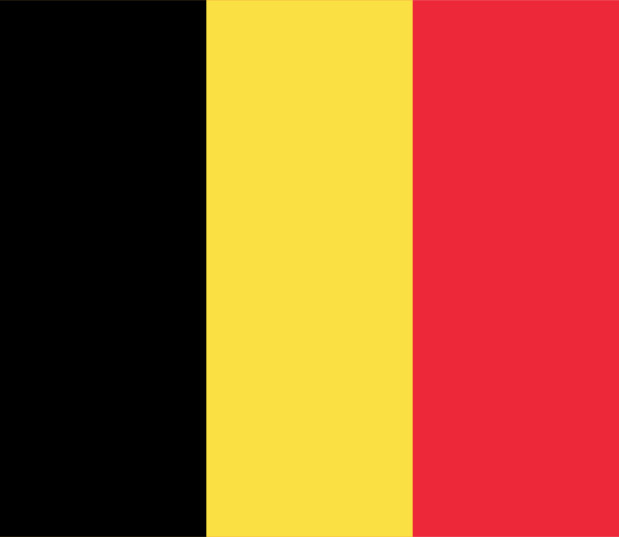
Listen to anthem
Top sellers from our flag shop
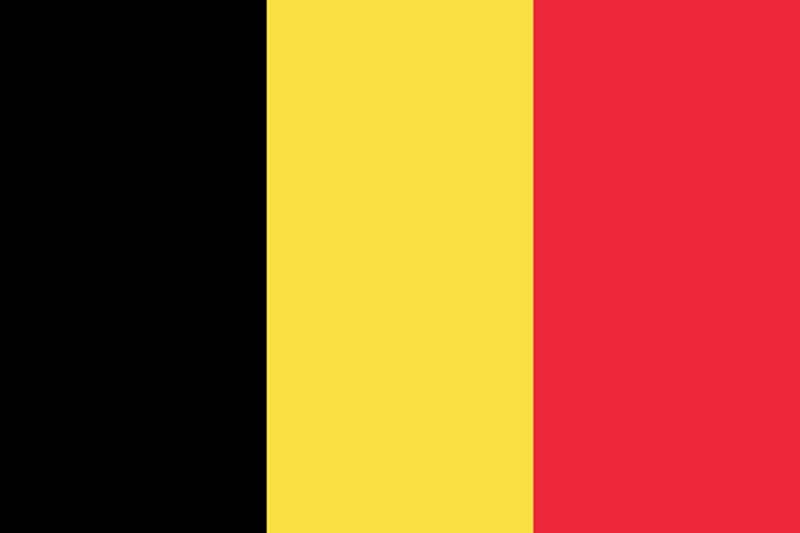
Belgien Flagge 150x250 cm
22,90 €
Show in shop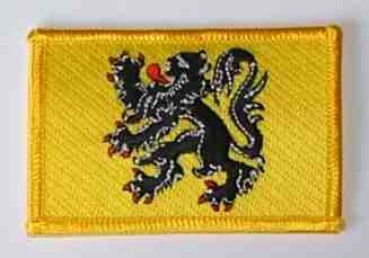
Flandern (Region) Belgien Aufnäher / Patch 8 x 5 cm
2,90 €
Show in shopBackground knowledge
The flag of Belgium consists of three vertical stripes; black, yellow and red.
Article 193 of the Constitution mentions the colors, the arms and the national motto:
"The Belgian nation adopts the colors red, yellow and black, and for the arms the lion of the Kingdom of Belgium with the motto: Unity is Strength".
On September 30, 1830, the provisional government officially adopted the national flag, which initially had a horizontal color arrangement. The vertical arrangement and the black color at the pole were finally adopted on October 12, 1831.
The dimensions of the flag were set at 2.60m in height and 3m in width, which originally gave the proportion of the old flags representing the arms of the holder.
The colors of the Belgian flag are those of the escutcheon of the former Duchy of Brabant, which, as long as it existed, were also those of the Province of Brabant and are still the small arms of Belgium.
It represented a golden lion (yellow) on a sandy ground (black), armed (claws) and languishing (tongue) Gules (red).
The same colors, arranged differently, were incidentally those of the County of Flanders, the first of the principalities of the "flat lands" that definitively belonged to the states of the Dukes of Burgundy of the House of Valois thanks to the marriage of Duke Philippe le Hardi with Margaret of Flanders (marriage was celebrated in 1369, but it was not until 1384 that Margaret became Countess of Flanders, Artois, Nevers, Rethel and the (Franche-)Comté of Burgundy Male after the death of her father Louis de proprio jure).
The County of Flanders bore and the current provinces of East Flanders and the Flemish Community still bears a lion with sable armor and langued gules, that is, the same coat of arms as Brabant by the permutation of yellow and black.
These colors mean "strength" (black), "wisdom" (yellow) and "courage" (red).
Officially, the dimensions of the flag were set at 2.60m high and 3m wide, giving an unusual ratio of 13:15. For civil use, a ratio of 2:3 is more common and, moreover, the exact ratio is not specified by the Constitution.
Above the Royal Palace in Brussels, one can find a flag with a 4:3 ratio, for aesthetic reasons, taking into account the perspective on the flag, which is viewed from below. A large flag of similar design is often found under the arcades of the Cinquantenaire .
Hymn
Noble Belgium, eternally beloved land,
To thee belong our hearts, our arms.
By the pure blood that has flowed for you, Fatherland,
We swear to thee with unanimous cry, Thou shalt live!
Great and beautiful you will live forever,
and the eternal motto of your unbreakable unity
unbreakable unity will be:
For king, right and freedom!
For king, right and freedom!
For king, right and freedom!
Belgian flag color codes
- HEX
- #000000
- RGB
- 0, 0, 0
- CMYK
- 0, 0, 0, 100
- Pantone
- Black
- HEX
- #FDDA24
- RGB
- 253, 218, 36
- CMYK
- 0, 6, 87, 0
- Pantone
- Gelb 115
- HEX
- #EF3340
- RGB
- 239, 51, 64
- CMYK
- 0, 86, 63, 0
- Pantone
- Rot 32
That's what ChatGPT knows about the flag of Belgium
-
The national flag of Belgium is a symbol of the country's unity. It was first used as the official symbol of the country in 1831. The flag shows three horizontal stripes in black, yellow and red, which also represent the colors of the Belgian coat of arms.
-
The national flag of Belgium was first used in 1831, when Belgium gained its independence. It consists of three horizontal stripes in black, yellow and red. The colors of the flag symbolize the old countries of Belgium, Brabant, Flanders and Liège.
-
The national flag of Belgium consists of three vertical stripes of equal size. The top stripe is black, the middle stripe is yellow and the bottom stripe is red. In the center of the flag is a white five-pointed star banner. The colors black, yellow and red symbolize the origin of the Belgian nation from the countries of Germany, the Netherlands and France. The five-pointed star represents the five regions of the country: Flanders, Wallonia, Brussels, East Belgium and German-speaking Belgium.
Flags of Belgium
Federal States
Cities
Discover something new
Random flags from our large flag database.
